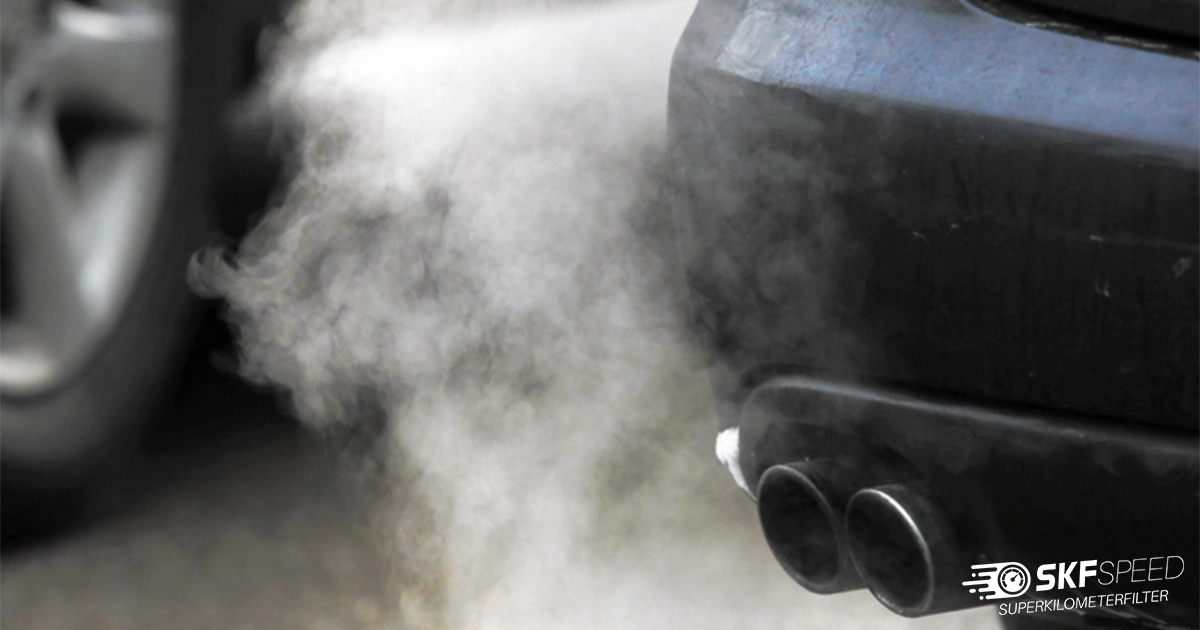
Engine idle hours to miles is a useful way to measure the hidden wear your vehicle experiences while it’s not moving. Many car owners ignore the wear caused by engine idling. However, on average, one hour of idle time is equivalent to approximately 30 miles of driving. Even if your car is sitting still, the engine is still ageing, just like it would if you were driving it on the road.
Do you wonder why idle hours matter at all? Whether you drive a diesel truck, a compact car, or any other type of vehicle, idle time contributes to wear and tear without showing up on your odometer. This means that what appears to be a low-mileage car might actually have logged a high mileage.
In the following blog, we will discuss the methodology of calculation engine idle hours to miles, it’s importance and the effects it has on the automobile’s maintenance and price.
For Calculating engine idle hours to miles, use the standard formula: Engine Idle Hours × 30 = Equivalent Miles. This means every hour your vehicle spends idling adds wear and tear roughly equal to driving 30 miles. For example, if your car has accumulated 400 idle hours, you’d calculate: 400 × 30 = 12,000 miles.
So, even if the odometer shows 50,000 miles, the engine may have undergone wear comparable to 62,000 miles. This calculation is useful when analyzing a vehicle’s true condition, determining maintenance intervals, or evaluating used automobiles.
This calculation helps you identify how much your car has really been used. Hence we can say that idling doesn’t appear on your odometer, but it still importantly affects the engine.
Many automobile manufacturers use a conversion rate of 30 miles per hour of idling. This standard is based on the amount of fuel, wear, and stress a car engine experiences while idling.
The formula is the following:
Idle Hours × 30 = Estimated Miles Driven Equivalent
For Example:
If your vehicle has 500 idle hours: 500 × 30 = 15,000 miles
That means your car has gone through 15,000 miles of wear that your odometer never shows.
So, why do we use 30 miles as the estimate? The U.S. Department of Energy and top diesel engine makers explain that when your engine idles, it still burns fuel and creates heat and friction—just like when you’re actually driving. The 30-mile figure is a safe, widely accepted average that helps us understand how idling affects your vehicle.
The car mileage counter, or odometer, is the gauge on your vehicle’s dashboard that displays the total mileage your car has travelled. But it doesn’t tell the whole story.
Many modern vehicles also have an engine hour meter. It tracks how long the engine has been running, even when the car isn’t moving.
Why does this matter? Because two cars might both show 80,000 miles on the odometer, but one could have spent a lot more time idling (for example, sitting in traffic, warming up, or running climate control). That means one car could be much more worn out than the other, even if their mile readings look the same.
Engine idle hours to miles make a difference in any situation, primarily because it helps adjusting maintenance schedule, determining true wear and tear and resale value when you are going to resell the owned automobile:
As more automobiles integrate smart diagnostics, monitoring idle time is becoming standard.
Delivery vans, taxis, and emergency response vehicles often spend hours running without moving. These cars have advanced trackers that log both miles and hours to better determine maintenance needs.
Diesel engines are known for their torque and towing power, they are also likely to idle time abuse. Many of them has automatic shutdown timers or we can call it calculators to track idle efficiency.
Some newer models (Ford, Chevrolet, Ram, etc.) display engine hours through onboard menus. If not, many drivers use apps or third-party OBD-II calculators to track them.
If math isn’t your thing, don’t worry. There are many online calculators that let you convert engine idle hours to miles instantly. Simply enter:
Your estimated or manufacturer-provided conversion rate (usually 30 miles/hour)
Result: You’ll see how many miles your engine has effectively “driven” even while parked.
Here are two practical examples:
Gas Sedan
400 engine hours × 30 = 12,000 miles
Odometer: 50,000 → Actual wear: ~62,000 miles
Diesel Pickup
700 engine hours × 30 = 21,000 miles
Odometer: 90,000 → True wear: ~111,000 miles
As you can see, that’s a big difference in vehicle wear and potential resale value.
Yes. Reducing idle time isn’t just good for your engine—it’s great for your wallet and the environment.
Practical Tips:
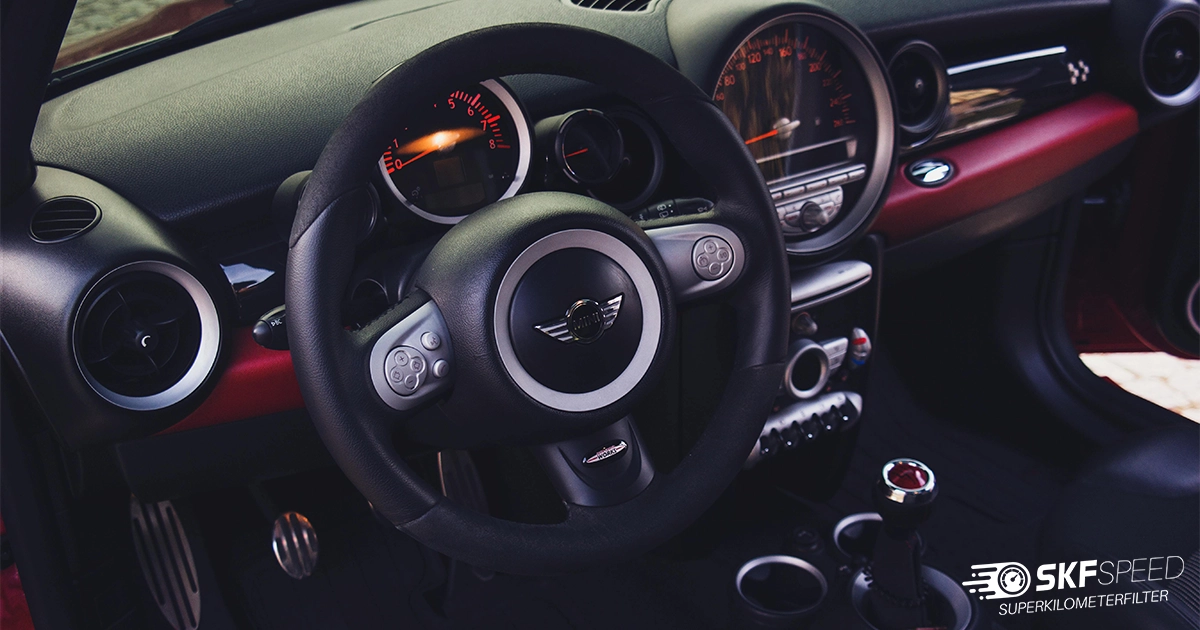
Understanding engine idle hours to miles becomes even more vital when buying a used car. Odometer fraud, illegal rolling back the displayed mileage is still a major issue in today’s world.
Here are practical steps to check for altered mileage:
Mileage blocker is an advanced device on the market, it will help you to prevent recording miles on your vehicle. If you are planning to test your automobile professionally in a controlled environment, it is the best choice. The tool doesn’t disappoint you as it works without interrupting the system of your automobile as many counterfeiters do.
The SKF mileage blocker is made with high-quality materials to handle tough conditions and includes a mobile app for easy control from your phone. It’s simple to install on your own with clear instructions—no mechanic needed. The best part? It stays completely untraceable by diagnostic tools or manual checks. You can order it online at any time, and if you have questions, our support team is ready to help you to answer your questions.
Remember, ignoring engine idle hours means ignoring half of your engine’s life, no matter what type of car you own.
Converting engine idle hours to miles gives you a more accurate picture of your car’s health, helps you spot odometer fraud, and ensures you don’t fall behind on maintenance.
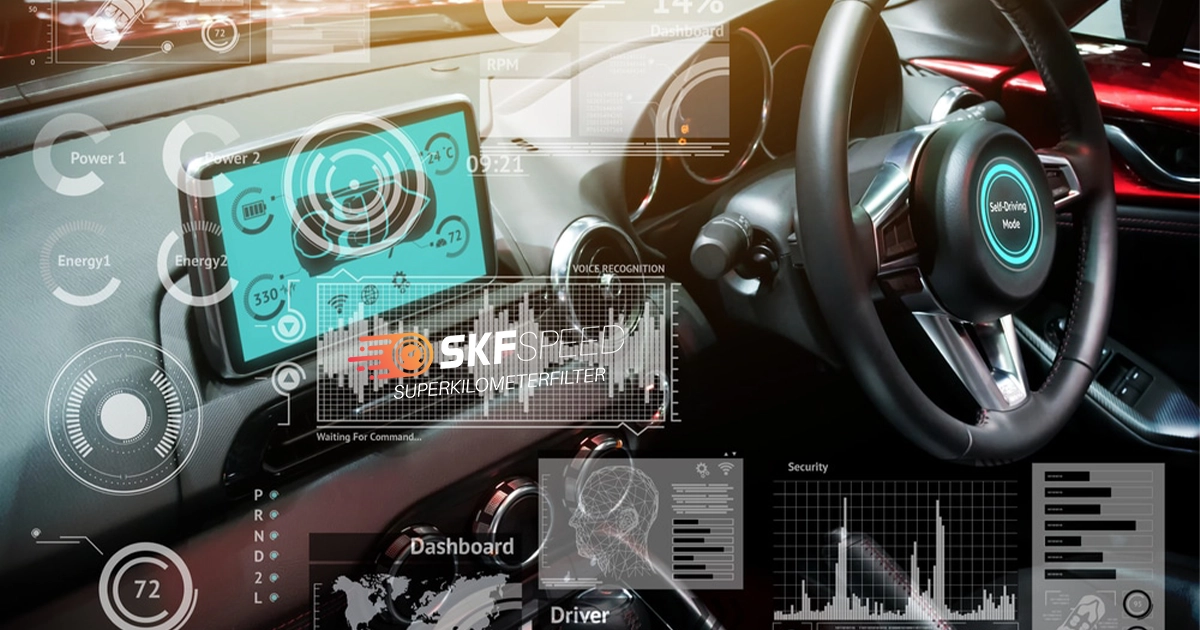
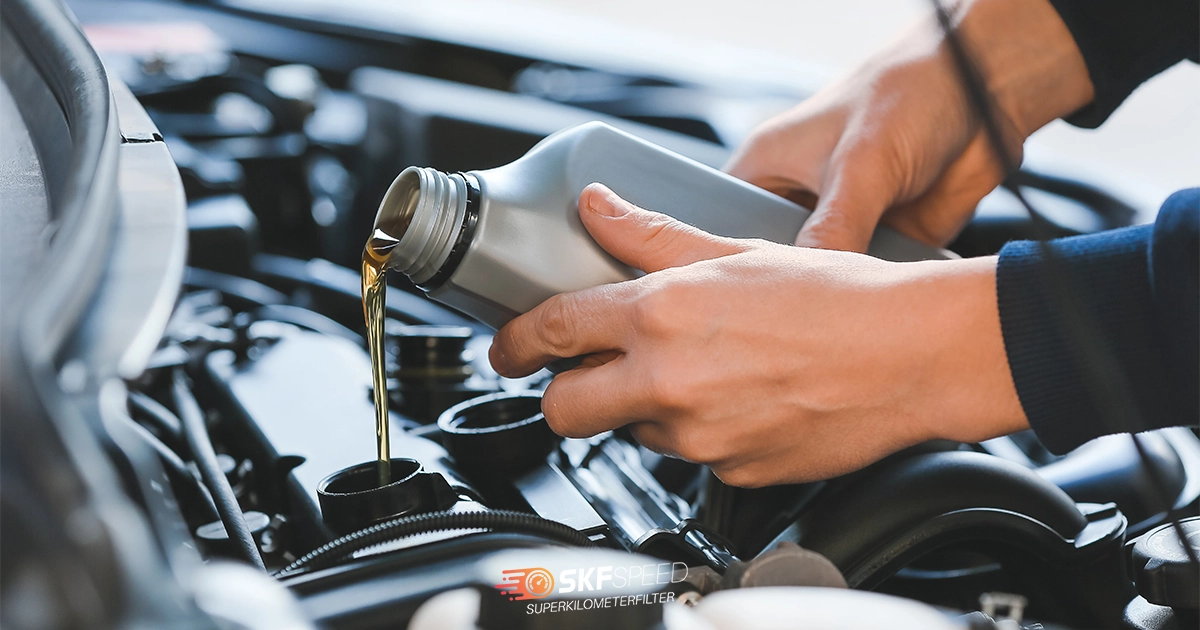
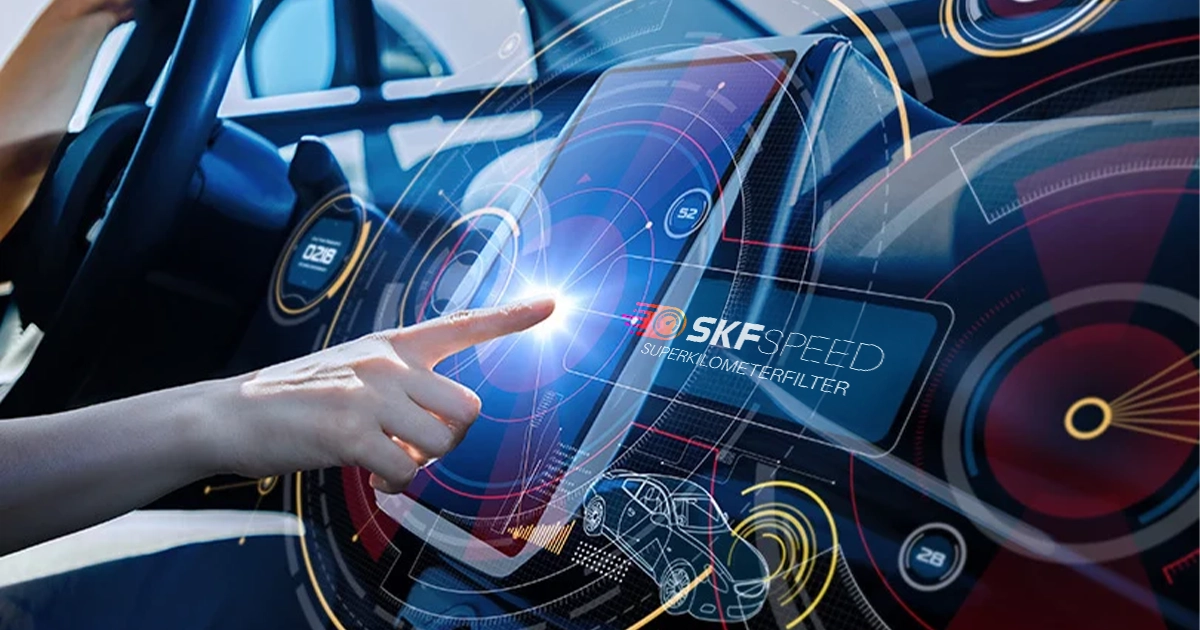
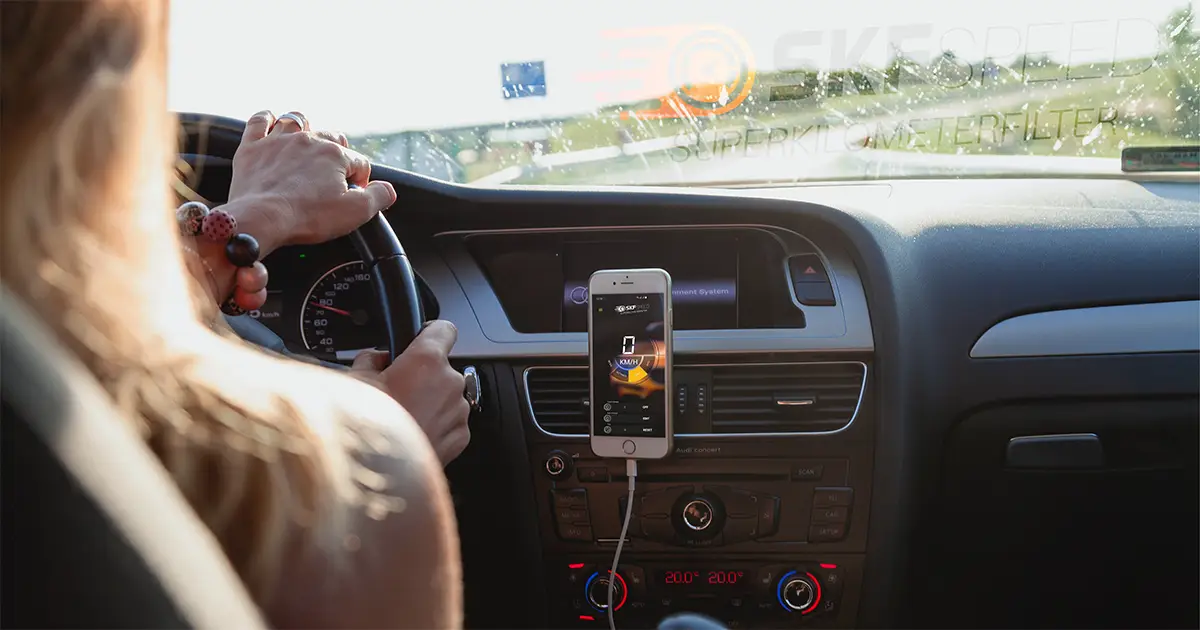
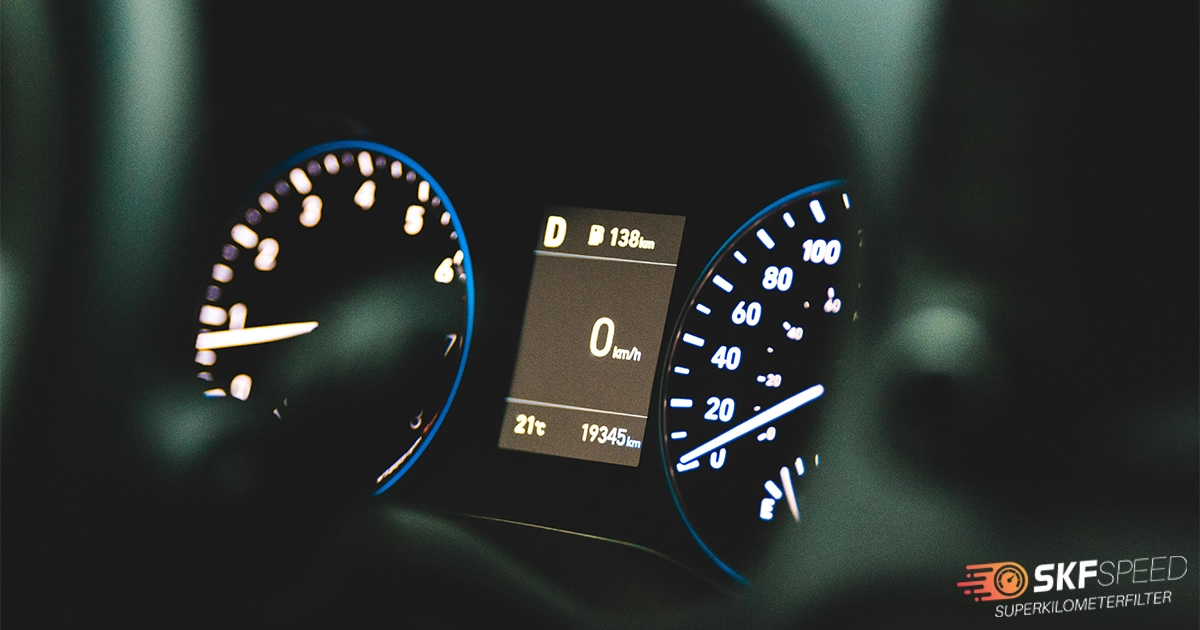

Here you will find all the details about our company
Here you will find shipping and return related information
Here you will find information on all technical questions
Here you will find helpful information about installation